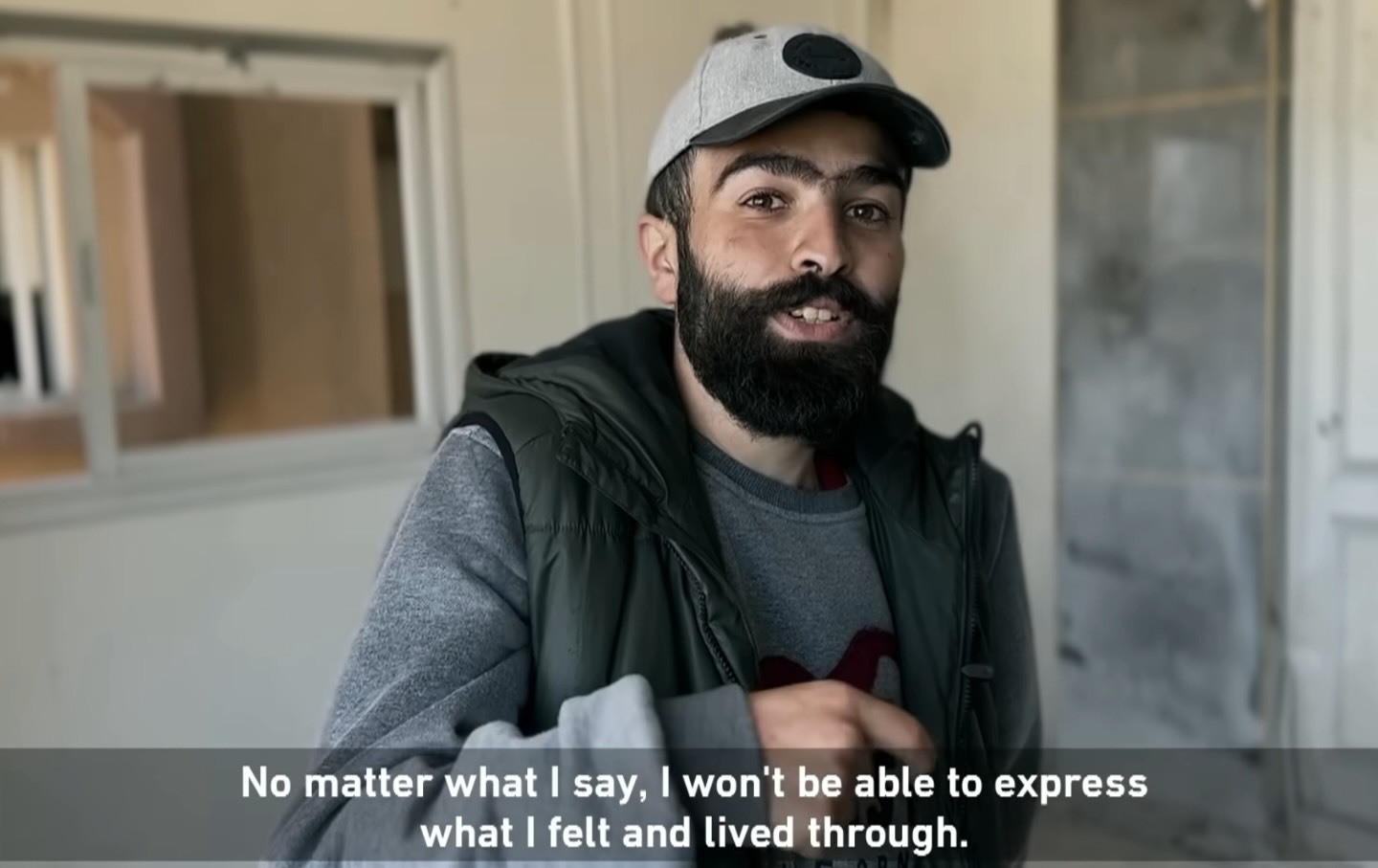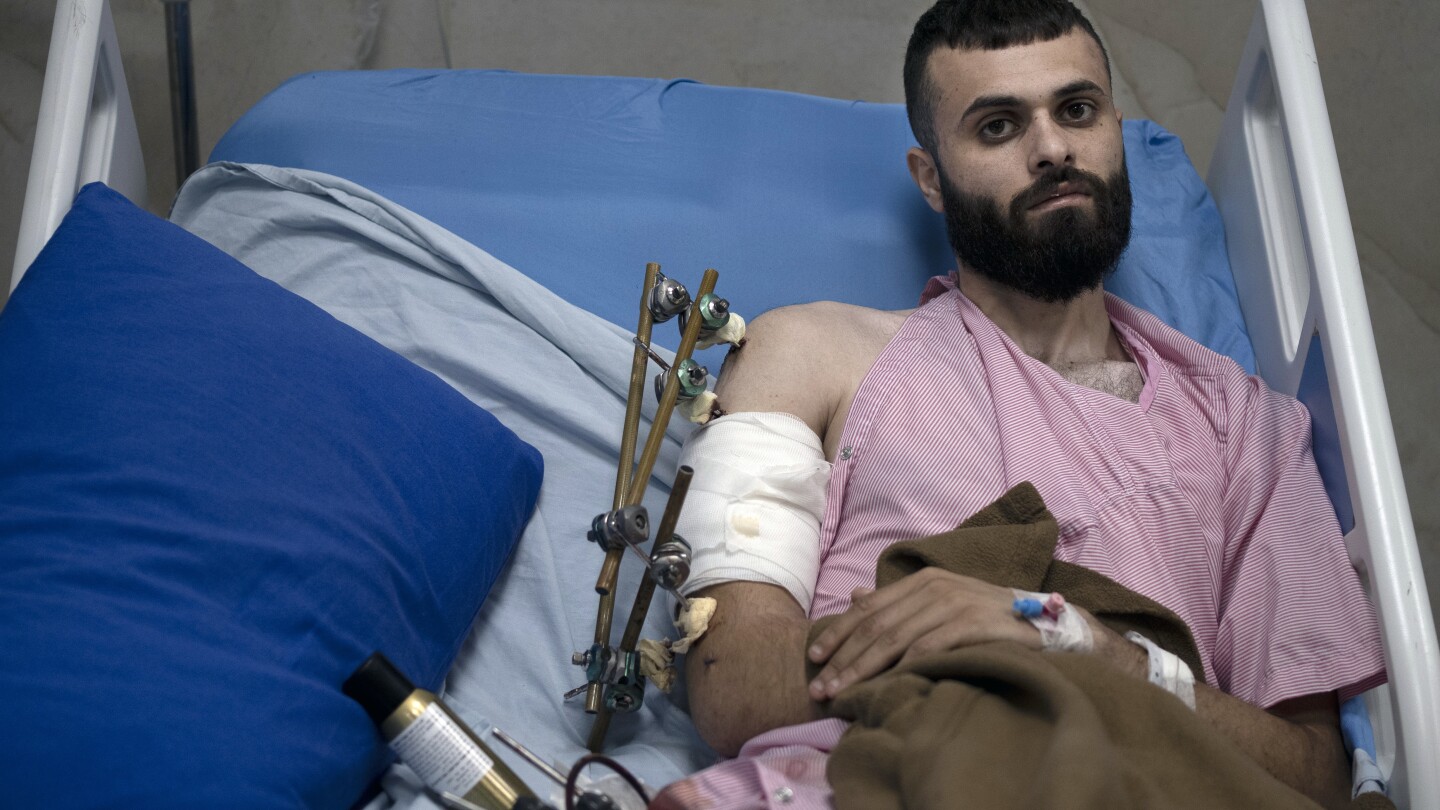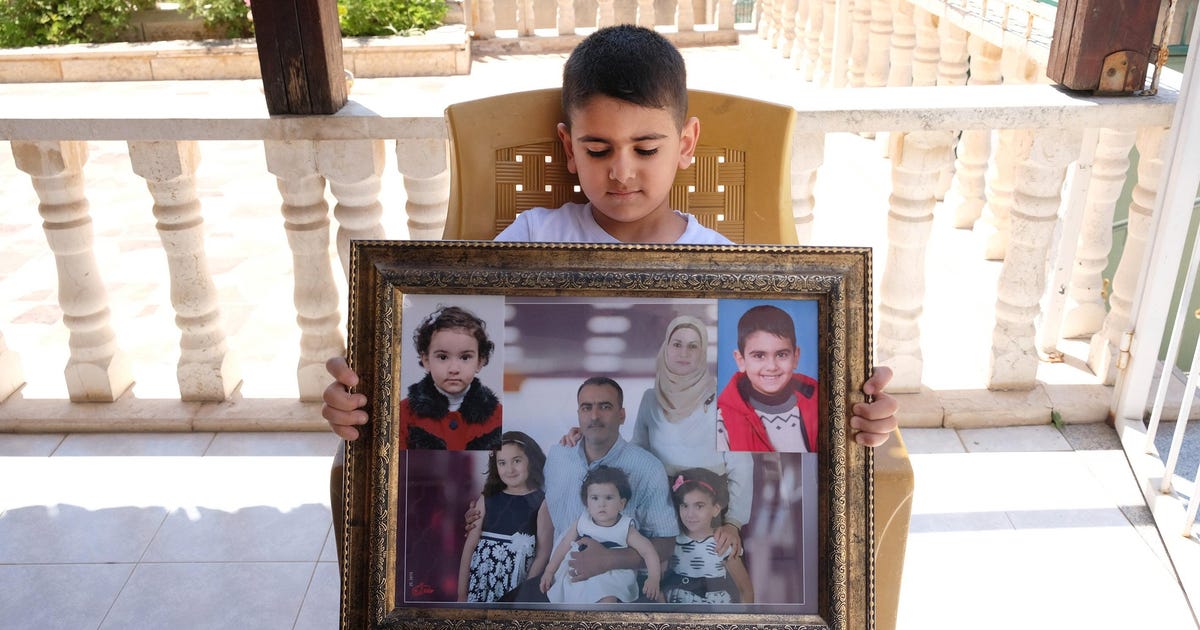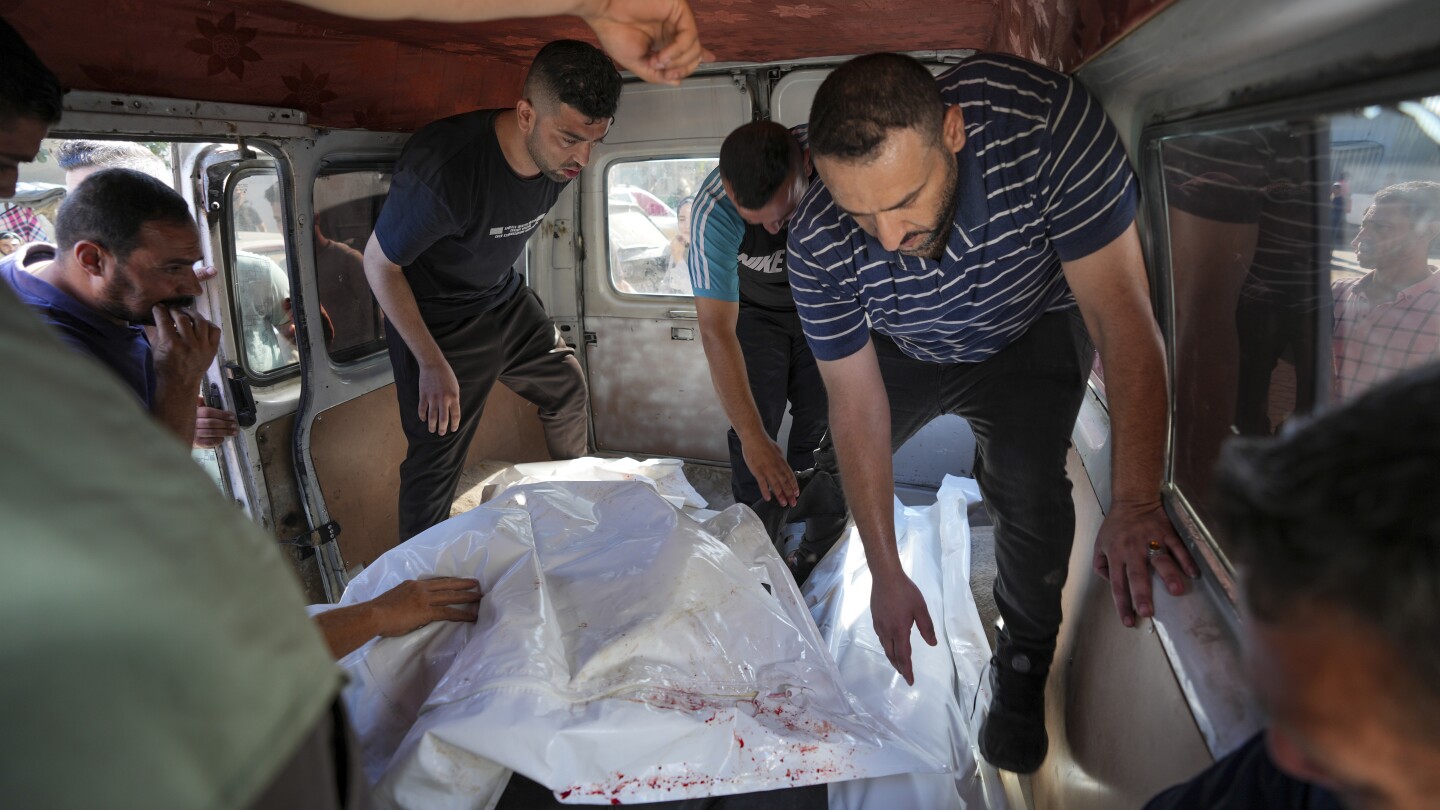Silverseren
- 9 Posts
- 12 Comments

 481·16 days ago
481·16 days agoWhile touring the hospital we walked through one of the ICUs and found multiple preteens admitted with gunshot wounds to the head. One might argue that a child could have been injured unintentionally in an explosion, or perhaps even forgotten when Israel invaded a children’s hospital and reportedly left infants to die in a pediatric intensive care unit.
Gunshot wounds to the head are an entirely different matter.
We started seeing a series of children, preteens mostly, who’d been shot in the head. They’d go on to slowly die, only to be replaced by new victims who’d also been shot in the head, and who would also go on to slowly die. Their families told us one of two stories: the children were playing inside when they were shot by Israeli forces, or they were playing in the street when they were shot by Israeli forces.
(The Israel Defense Forces did not respond to specific questions for this story, but in an emailed statement, it said, “The IDF is committed to mitigating civilian harm during operational activity. In that spirit, the IDF makes great efforts to estimate and consider potential civilian collateral damage in its strikes.”)

 20·23 days ago
20·23 days agoAt the hospital, a baby in a pink shirt, her face covered with sand, cried while receiving first aid. A small boy lay motionless at the other end of the bed, one shoe gone. Many wounded were treated on the floor.
There was “the overwhelming stench of blood,” said Louise Wateridge, a spokesperson with the U.N. agency for Palestinian refugees who visited the hospital and spoke with several patients. Staff said there were no cleaning products left.
The blast threw a 2-year-old child into the air and the mother was missing, Wateridge said. Another boy had his feet blown off, while an 8-year-old boy was killed. “They told me to go there to be safe,” his grieving mother told her of the area struck.

 3·24 days ago
3·24 days agoNot under their new owner, since he’s the one that pushed for the definition change in the first place, among many other blatantly biased changes to the ADL in the past decade.
"Earshot found that with the minimum registered interval of 24 milliseconds, this tank would have to have been positioned just 13 metres away from the car. With the maximum interval of 40 milliseconds, the tank would have still been only 23 metres away from the car. This analysis suggests that the tank had to be positioned within close range (13–23 metres) of the car when it fired the shots that killed Layan. At such proximity, it is not plausible that the shooter could not have seen that the car was occupied by civilians, including children.
Earshot’s audio ballistic analysis supports the final words of Layan Hamada: the gunfire came from a tank that was next to them."
"Comparing the exit hole and varying levels of destruction helps reconstruct the cone of impact from the explosion, and in turn, reveals the direction from which the ambulance was shot (Figure 13). This direction is consistent with the location of Israeli tanks visible in satellite imagery from between 29 January and 8 February.
Our assessment of the position of the tanks at the time of the attack, together with the direction of the shot, suggests that the ambulance was likely hit by ammunition from an Israeli tank."

 264·2 months ago
264·2 months agoThey’re claiming it’s because of weather again, but it feels more likely that they’re trying to remove evidence and discussion of the pier being used by the IDF as a staging point for the recent massacre of Palestinians.

 394·2 months ago
394·2 months agoElder said he and his team were prevented from delivering their aid shipment and forced to turn back that day.
“We spent about eight or nine hours at military checkpoints. In the end, our truck, despite all the approvals, was denied access and returned … Yes, we will try again. Obviously, we’ll try again. But this is consistent with the denials that we and many other agencies have experienced,” Elder said.
Israel has previously said that it allows hundreds of trucks carrying aid to enter Gaza daily, and the Israeli government has blamed the U.N. for failing to distribute it.
Sounds like we can’t trust the IDF’s numbers on aid trucks being let in if they’re counting ones they initially let in and then forced to leave at a later checkpoint.

 214·2 months ago
214·2 months agoSeems like it. They just started bombing another designated safe zone, Al-Mawasi, a couple of hours ago.

 263·2 months ago
263·2 months agoAnd quite possibly killed three more hostages in the action. Hamas is claiming it and the IDF is denying it. But considering that the four hostages saved were being held in the same place as one of the higher ups, if the IDF has just been bombing every other family home of Hamas members (remember the Where’s Daddy AI system?), then it seems quite likely they could kill hostages in the process.

 622·2 months ago
622·2 months agoOh no, is France going to go full fascist now too?

 172·2 months ago
172·2 months agoThe AI is named Lavender, right? I suppose they wouldn’t have been using the Where’s Daddy AI in this instance.

 3310·2 months ago
3310·2 months agoI wonder how the four hostages feel that their rescue involved the murdering of dozens of women and children on the same day.
I would hope they have the empathy to feel guilty about that, but considering what the general Israeli poster (and Israeli population member, based on polls) is like, I doubt they view Palestinians as human.
Craigslist has been spam for quite a while at this point. Even for me in my thirties, I don’t know anyone who has used it legitimately for at least a decade.







Removed by mod